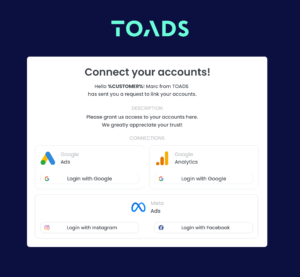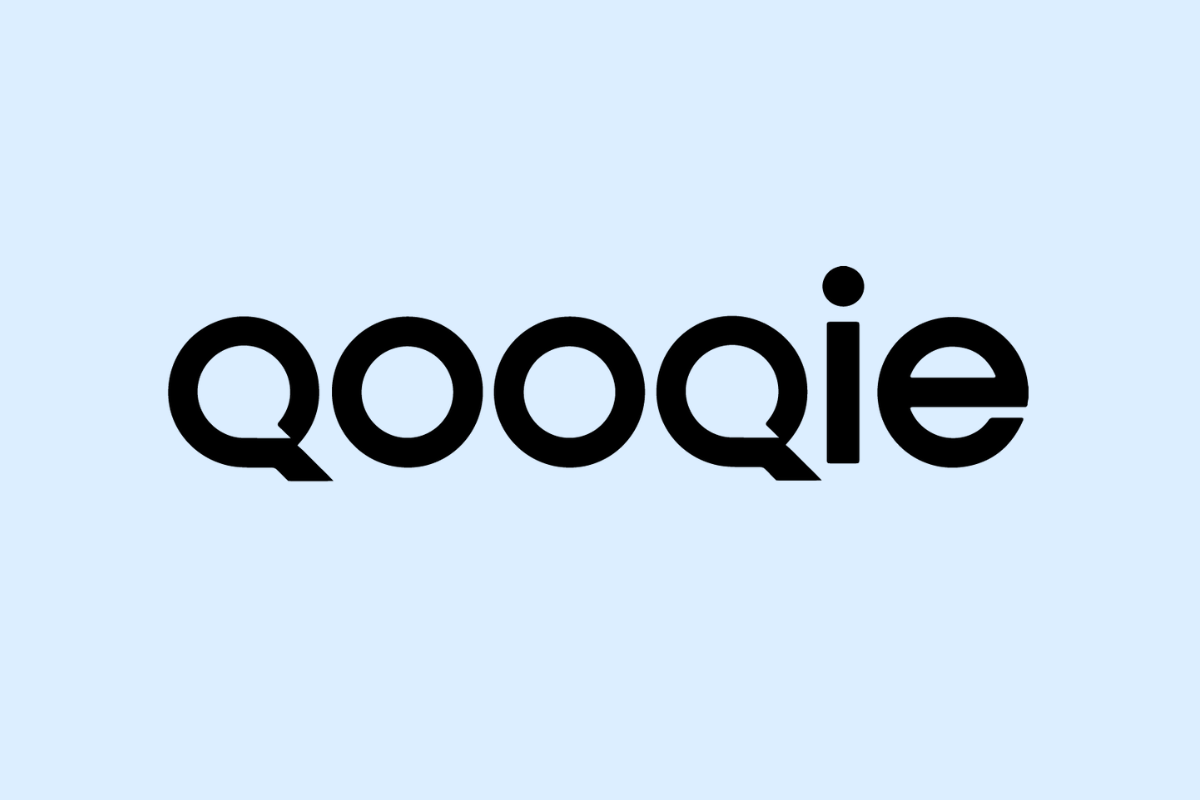Qooqie is a powerful platform designed to streamline team collaboration and content management. This article guides you through gaining access to Qooqie, inviting users efficiently, and managing user roles to get started quickly and ensure smooth teamwork.
Getting Started with Accessing Qooqie
Gaining access to Qooqie is an essential starting point for your team collaboration. The initial step is to visit the Qooqie website and click on the sign-up button. Fill out the required fields, including your email address and a password. After successfully signing up, a verification email will be sent to your address. Open this email and click the verification link to activate your account.
Being a first-time user, the Qooqie platform has a clean and user-friendly interface that allows quick navigation. With the dashboard as your home base, you can access all the main features such as metrics, reports, and user roles. Start by setting up your profile, updating necessary details, and adjusting settings as per your preference.
You might feel overwhelmed with the new environment, but remember that familiarity grows over time. Start exploring the platform at your pace, using the help center and tutorials offered within the platform. Become comfortable navigating and using the platform before inviting your team members, so that you can confidently assign roles and permissions in the later stages. Notice how easy it is to move around in Qooqie, proving that its design is hugely focused on boosting efficiency and reducing setup time.
Inviting Users to Join Your Qooqie Workspace
After getting started and creating your Qooqie account, you’re ready to welcome other participants to join your workspace. Inviting new members is a straightforward and intuitive process. Navigate towards the ‘Invite’ button typically located on the dashboard or in the workspace settings. Here, you’ll need to input the email addresses of the individuals you wish to invite and designate the roles and permissions that accompany their invitation.
Qooqie offers a wide range of user roles, which can be assigned during the invitation process. These roles regulate what a user can see or do on the platform. It’s essential to understand the responsibilities and capabilities of each role before assigning them. As a best practice, consider the nature of the work the user would be undertaking and determine the appropriate extent of access they require. This is one of the areas where Qooqie shines; by cementing user roles from the start, you can easily manage your internal team and external collaborators.
Invitations sent through Qooqie will appear as emails for the recipients. They can accept your invite by simply clicking the link provided in the email. In case of non-receipt or loss, there’s an option in the workspace settings to ‘Resend Invitation’. If any issues arise during the onboarding process, Qooqie’s customer support is always available to tackle these troubles and provide swift resolutions – making it a seamless experience for new users joining your workspace.
The use of an organized system such as Qooqie for client onboarding significantly enhances the effectiveness of your workflow and collaboration, leading to an overall increase in productivity. The simple invitation process is not just user-friendly but is also customizable to meet the needs of your marketing agency. With Qooqie, onboarding new members is a breeze, paving the way for creative collaboration.
Managing User Roles and Collaboration for Effective Use
Having invited your teammates and collaborators to join your Qooqie workspace, the next step is to manage user roles for optimum team collaboration. Qooqie provides several user roles, including Administrators, who have complete access, Editors, who can modify but not delete content, and Viewers, who can merely see the content.
Assigning proper roles not only streamlines workspace collaborations but also safeguards sensitive marketing data. For example, you might restrict high-level strategic information to Administrators, while leaving campaign assets open for Editors.
Qooqie also provides flexibility to modify user permissions post-invitation, ensuring functional adaptability. This feature is accessible within the User Management section where you can see user activity to maintain a secure and productive environment.
For enhancing user engagement, leverage Qooqie’s collaboration tools such as real-time chat and file sharing. Use these features to encourage team conversations, brainstorm creative ideas and provide instant feedback. This not only maximizes Qooqie’s efficiency for marketing projects but also promotes a rich collaborative culture within your agency.
Remember, effective use of Qooqie is about striking a balance between giving enough freedom for creativity to thrive while keeping the workspace secure and structured.
Conclusions
Successfully gaining access and inviting users to Qooqie ensures your team can collaborate effectively and stay organized. By following these simple steps, you’ll maximize the platform’s potential, empower your team, and streamline project workflows. Get started today and watch your marketing projects flourish with seamless teamwork.
Alternative Access with LinkMyAgency
Another approach involves using LinkMyAgency to streamline the access process:
Send a Link: With LinkMyAgency, send a link to your client that allows them to easily grant you the necessary access without complex steps. No more frustration for either you explaining the steps, or your client not finding how to invite you.

Get Started with LinkMyAgency Sign up for a free 14-day trial in just a minute—no credit card required. Experience how LinkMyAgency can facilitate your agency operations, endorsed by industry giants like Meta, Google, and TikTok.

